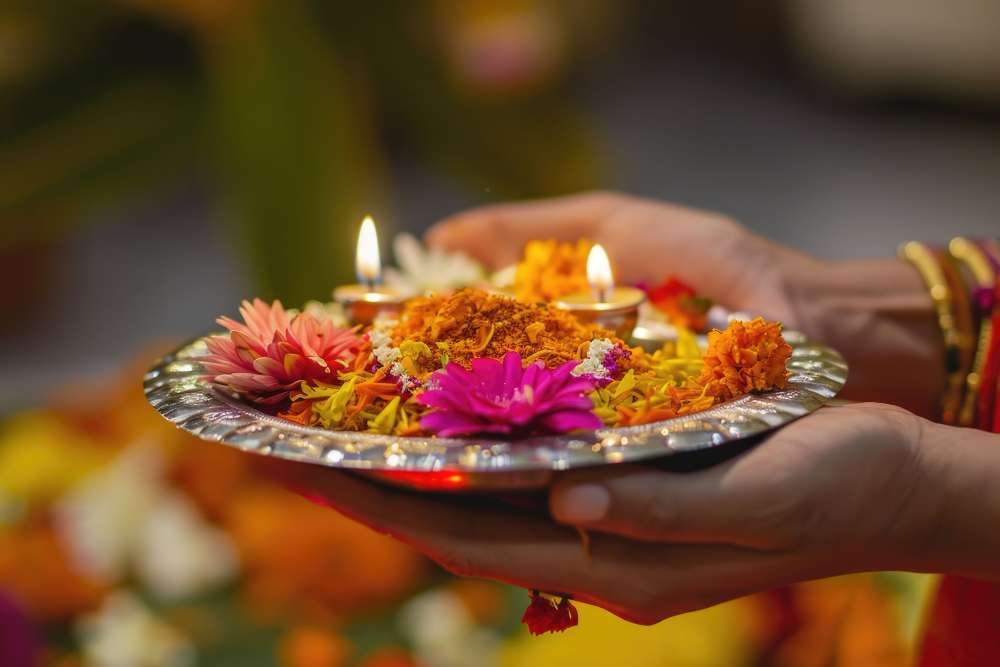India, a land of diverse cultures, languages, and traditions, is home to a myriad of festivals that are celebrated with great fervor and enthusiasm. These festivals not only showcase the rich cultural heritage of the country but also bring people together in a spirit of unity and joy. From religious festivals to harvest celebrations, each festival has its own unique significance and customs. In this blog, we will explore some of the most vibrant and popular festivals of India.
1. Diwali: The Festival of Lights
Diwali, celebrated by millions across India, marks the return of Lord Rama to Ayodhya after 14 years of exile and his victory over the demon king Ravana. Houses and streets are adorned with oil lamps, candles, and colorful rangoli designs. Fireworks light up the sky, and sweets are exchanged among friends and family. The festival typically lasts for five days, each day holding its own significance, such as Dhanteras for wealth and Bhai Dooj for sibling bonds. Diwali’s vibrant celebrations reflect the cultural richness and unity of India.
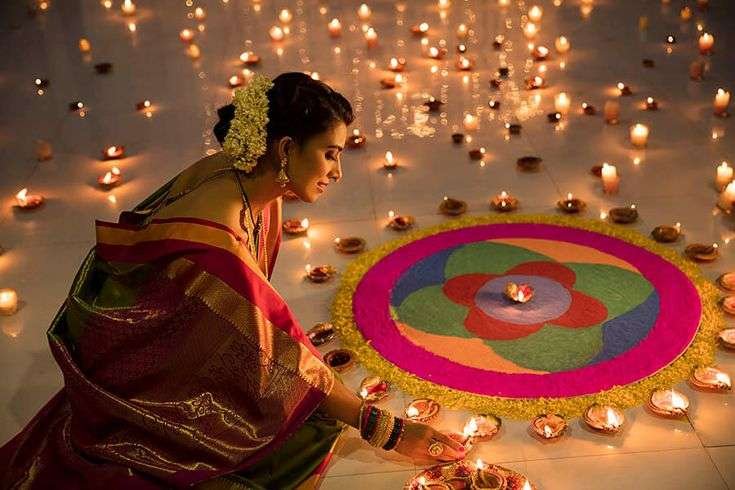
2. Holi: The Festival of Colors
Holi is one of the most colorful and exuberant festivals in India. Known as the festival of colors, Holi marks the end of winter and the beginning of spring. The celebrations start with Holika Dahan, a bonfire symbolizing the victory of good over evil. The next day, people take to the streets to smear each other with colored powders, throw water balloons, and dance to lively music. Traditional sweets like gujiya and bhang, a drink made from cannabis leaves, are enjoyed. Holi fosters a sense of community and camaraderie, breaking down social barriers and bringing people together.
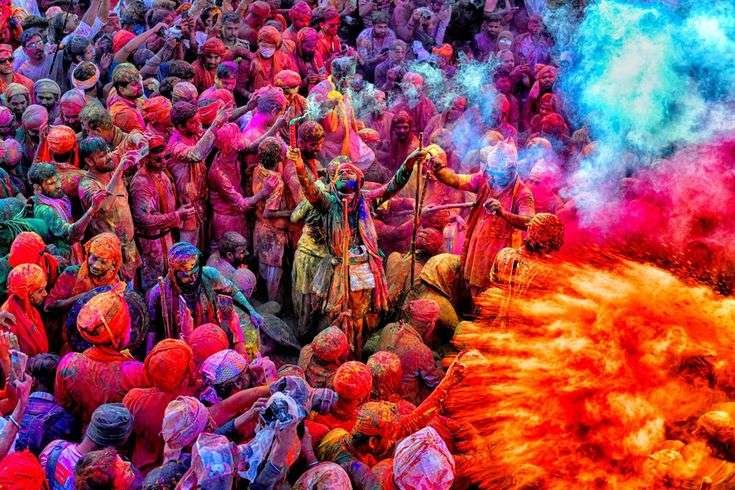
3. Eid-ul-Fitr: The Festival of Breaking the Fast
Eid-ul-Fitr, also known as the “Festival of Breaking the Fast,” is a significant Islamic festival celebrated with immense joy and reverence. It marks the end of Ramadan, a month of fasting and spiritual reflection. On the day of Eid, Muslims gather for a special prayer at mosques and offer charity to the less fortunate. Families come together to share a festive meal, which includes a variety of traditional dishes such as biryani, kebabs, and sweet treats like sheer khurma. New clothes are worn, and gifts are exchanged as a gesture of love and goodwill. Eid-ul-Fitr emphasizes gratitude, compassion, and community spirit.
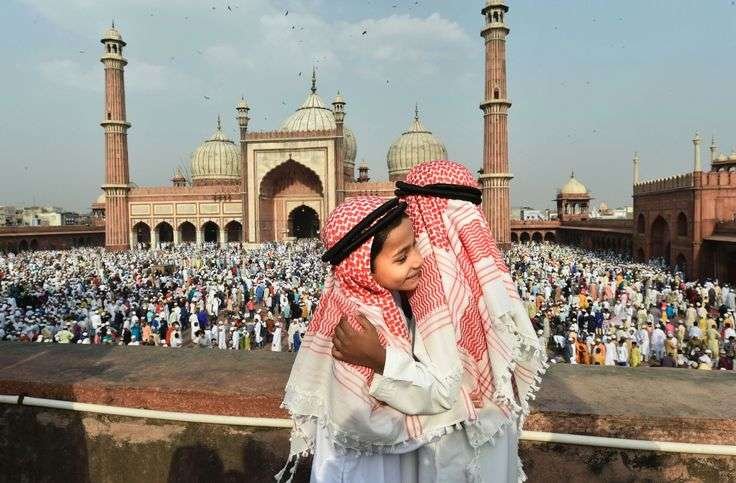
4. Navratri and Durga Puja: Celebrating the Divine Feminine
Navratri, meaning “nine nights,” is a festival dedicated to the worship of the goddess Durga. Celebrated with immense devotion, especially in the states of Gujarat and West Bengal, Navratri involves nine nights of dance (Garba and Dandiya) and music. Devotees observe fasting and perform rituals to honor the goddess, who symbolizes power and victory over evil.
In West Bengal, the festival culminates in Durga Puja, where elaborately crafted idols of Durga are worshiped in beautifully decorated pandals (temporary structures). The celebrations include cultural performances, music, dance, and traditional feasts. The last day, known as Vijayadashami or Dussehra, signifies the victory of Durga over the buffalo demon Mahishasura. It is a time of joy, cultural expression, and community bonding.
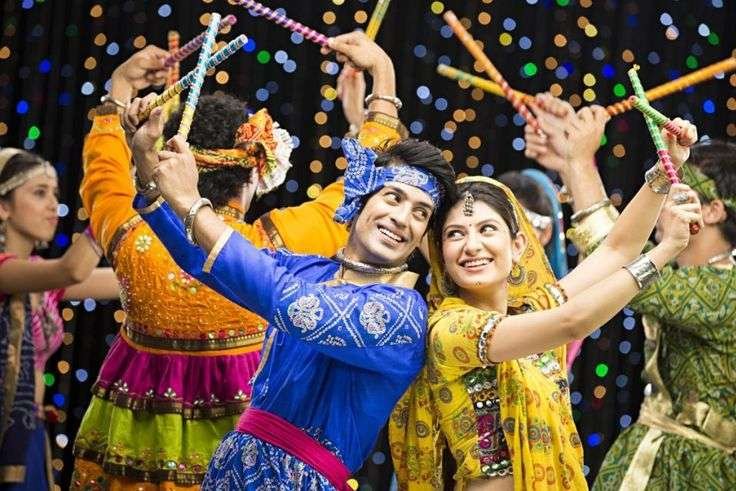
5. Pongal and Makar Sankranti: Harvest Festivals
Pongal, celebrated primarily in Tamil Nadu, is a four-day harvest festival thanking the sun god and nature for a bountiful harvest. The festival is named after the traditional dish ‘Pongal,’ made from freshly harvested rice and milk. Homes are decorated with kolam (rangoli), and cattle are adorned with flowers and bells. Each day of Pongal has its own significance, such as Bhogi for discarding old belongings and Mattu Pongal for honoring cattle.
Makar Sankranti, celebrated across India, marks the transition of the sun into the zodiac sign of Capricorn (Makara). It signifies the end of the winter solstice and the beginning of longer days. The festival is known by different names in various regions, such as Lohri in Punjab, Uttarayan in Gujarat, and Magh Bihu in Assam. Kite flying is a popular activity during Makar Sankranti, and traditional sweets made from sesame seeds and jaggery are shared. Both Pongal and Makar Sankranti celebrate the bounty of nature and the spirit of gratitude and renewal.
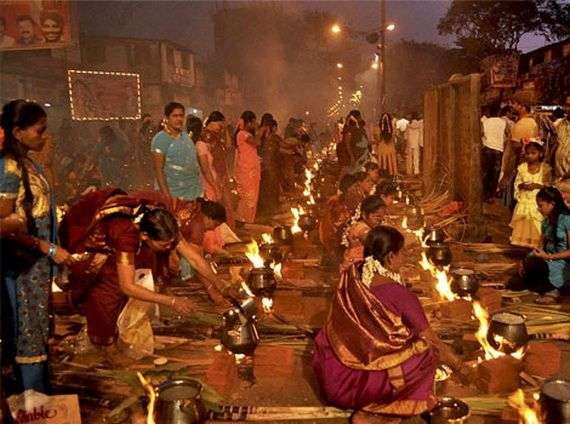
6. Christmas: A Festival of Joy and Giving
Christmas, celebrated on December 25th, marks the birth of Jesus Christ and is a major festival for Christians worldwide. In India, Christmas is celebrated with great enthusiasm, especially in states with significant Christian populations such as Kerala, Goa, and the northeastern states. Homes and churches are adorned with lights, stars, and nativity scenes. Midnight Mass is attended by many, and Christmas carols fill the air with joy. The festival is also a time for family gatherings, feasting, and the exchange of gifts. Traditional Christmas treats such as plum cake, cookies, and roasted meats are enjoyed. The spirit of Christmas embodies joy, love, and generosity.
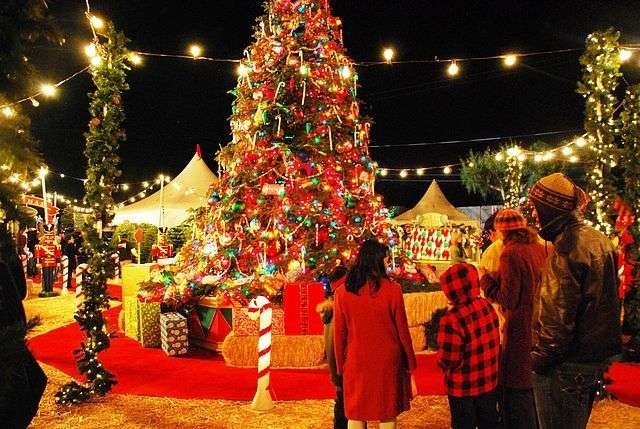
7. Onam: The Harvest Festival of Kerala
Onam is the most important festival of Kerala, celebrated with great splendor and joy. It marks the homecoming of the legendary King Mahabali and the harvest season. The festival lasts for ten days, with each day having its own significance. The highlight of Onam is the grand feast known as Onam Sadhya, which consists of a variety of traditional dishes served on a banana leaf. Elaborate floral designs called Pookalam are created in front of homes, and various cultural performances, including traditional dances like Kathakali and Pulikali, are held. The famous snake boat races, known as Vallam Kali, add to the festive excitement. Onam brings together people of all communities in Kerala, symbolizing unity and cultural pride.
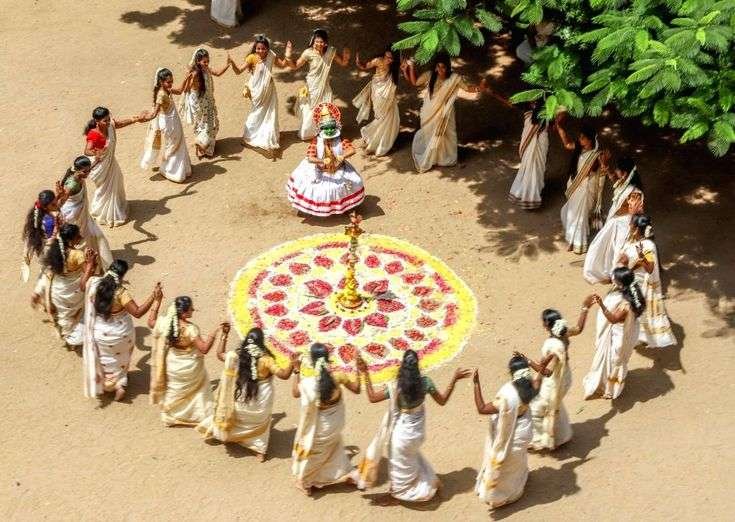
India’s festivals are a true reflection of its rich cultural diversity and heritage. Each festival, with its unique traditions and customs, adds a splash of color and joy to the lives of the people. These celebrations foster a sense of community, unity, and mutual respect among the diverse population of India. Whether it’s the lights of Diwali, the colors of Holi, or the flavors of Pongal, the festivals of India offer a vibrant and unforgettable experience.
Thankyou for reading Blog


